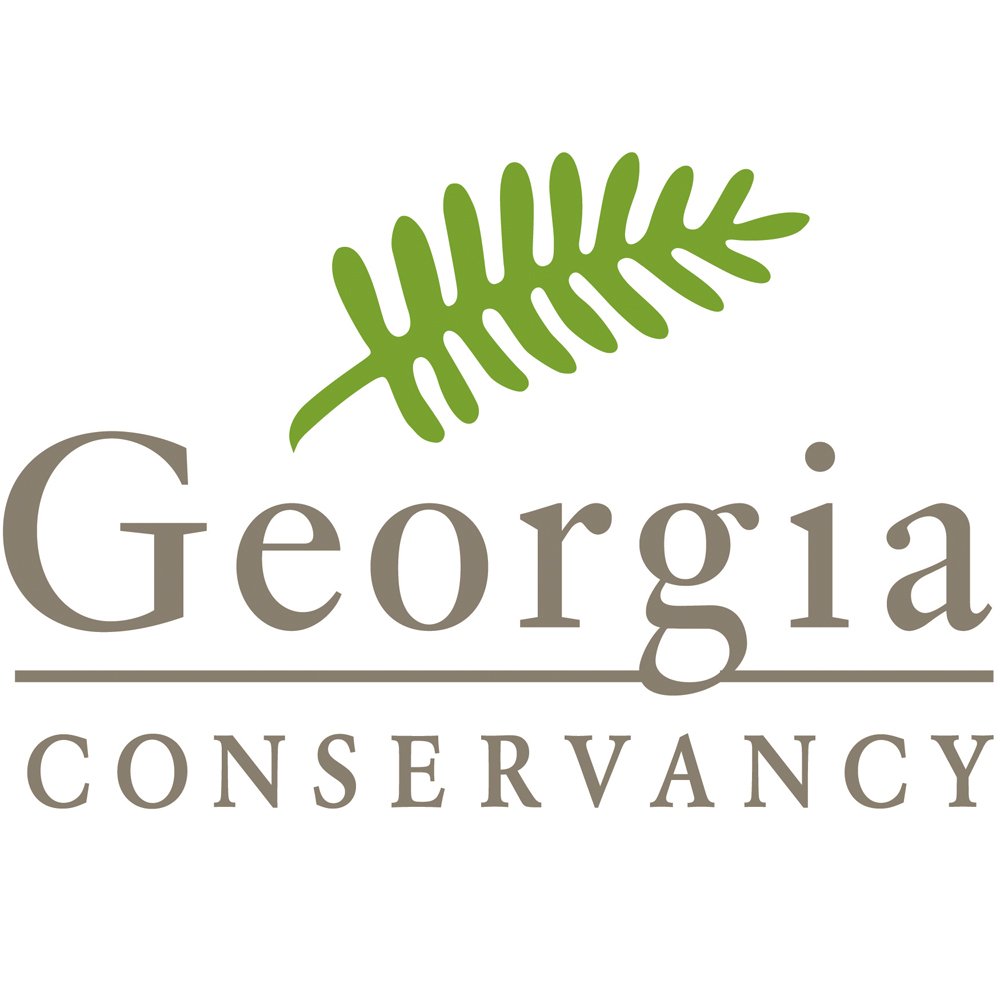The Stories of the Salt Marsh
Oral History Informs Salt Marsh Conservation on Georgia’s Coast
Oral histories serve as a bridge; a shimmering thread that connects the empirical rigor of scientific study with the rich, textured experiences of coastal communities. The oral histories collected from the Georgia Conservancy’s 2024/25 South Atlantic Salt Marsh Initiative (SASMI) workshops form a mosaic of memories, each piece a glimpse into the evolving relationship between people and the marsh. In these stories, science meets soul, history embraces hope, and the marshlands stand as both a sanctuary and a battleground. These narratives are a portal into time, bridging the past and present to guide the future.
Local storytellers Ami Traore and Krystal Hart of Seabrook Village thoughtfully engaged with attendees, carefully identifying individuals with unique experiences and perspectives. Their efforts laid the foundation for Georgia Conservancy’s Monét Murphy to capture meaningful and diverse narratives. This approach involved recording interviews and carefully analyzing and dissecting accounts to uncover deeper insights and themes.
From the paired interview of Alexandria Sanders and Jacob A. Jones, McIntosh County:
Jacob Jones and his granddaughter, Alexandria Sanders, share a bond rooted deeply in the land and waters of McIntosh County. At 72, Mr. Jones has witnessed a lifetime of change in this place he calls home, while 16-year-old Alexandria is just beginning to carve out her own path in a community that, despite shifting tides, remains steadfast in its traditions and resilience. Together, their perspectives paint a vivid picture of a town balancing between its past and its uncertain future.
Mr. Jones remembers a time when the waters were distinct, freshwater on one side, saltwater on the other. He recalls fishing trips from his youth, the steady rhythm of casting a net into familiar currents. But over the years, he noticed the water begin to mix, turning more brackish, changing the ecosystem he once knew so well. Fish that were never common in these parts started appearing, while others became scarce. Alexandria, though young, has already noticed her own set of changes. She just recently started fishing, but even in her short time, she has observed how much higher the tides seem to rise. On her very first fishing trip, she caught an eel; a surprising moment that left her both thrilled and puzzled. However, the most striking change she has witnessed is how frequently the bridge floods, something that has become almost routine for the people of Darien.
Yet, for all that has shifted, many things remain the same. Alexandria says she has spent her whole life watching the slow transformation of a single building in downtown Darien. It has been a church, a brewery, and something in between, always evolving, much like the town itself. But there is a sense of constancy in the people; their determination, their willingness to adapt. Still, not all change has been welcome. Alexandria remembers a time when the landscape was rich with towering trees, but those, too, are disappearing, replaced by development, land parceled off for new homes.
Mr. Jones has also witnessed the ebb and flow of the job market. When he was younger, work was more abundant. He found employment with the state, a job that gave him a sense of purpose, a way to contribute to his community. Now, he laments, jobs are scarcer. Many of his neighbors and loved ones have had to leave McIntosh County to find work, some traveling long distances just to provide for their families. Alexandria echoes this sentiment, observing how so many of her friends’ parents make the daily commute to Savannah in search of better opportunities.
Still, amidst these challenges, she finds hope in the people. She sees it at her school, in the energy of the crowds that gather for sporting events, in the pride and encouragement of her Beta Club peers. She believes in her community’s ability to come together, to hold onto the spirit that has carried it through generations. As for her own future, she is torn between staying close to home and exploring what lies beyond. She dreams of attending Savannah State or perhaps venturing to Florida A&M, seeking an education that will one day allow her to give back to the land and the people who shaped her. Her passion for 4-H has already given her insight into agriculture and environmental stewardship; knowledge she hopes to expand upon, not just for herself, but for McIntosh County as a whole.
If they could change anything, both Alexandria and her grandfather agree: education and job opportunities must grow. They dream of a McIntosh where young people don’t have to leave to succeed, where the wealth of the land and water can once again sustain those who call it home. Mr. Jones believes the environment provides everything needed for survival and prosperity; it’s just a matter of learning how to piece it all together. "Everything in the environment is supposed to help us," he says. "We just got to put the ingredients together."
Through their eyes, McIntosh County is a place of both longing and love, a home where the past whispers through the tides and the future waits on the horizon. Their stories remind us that change is inevitable, but community, when nurtured, remains an anchor. In the end, it is not just about preserving what was; it is about shaping what will be.
by Georgia Conservancy Community Engagement Specialist Monét Murphy



